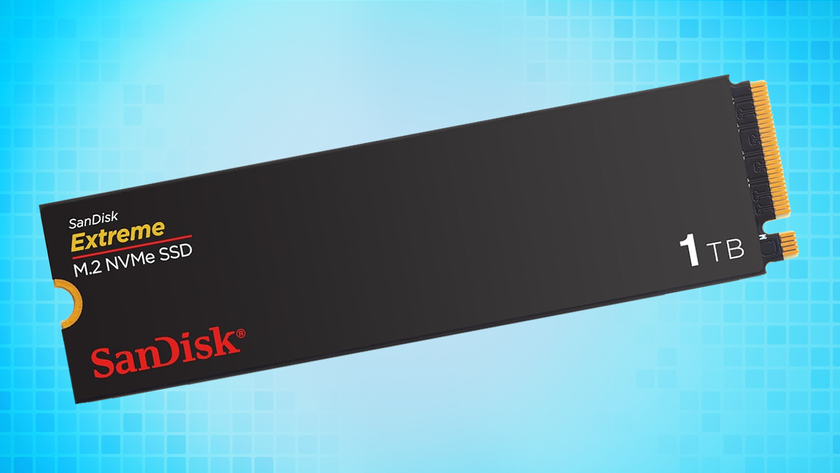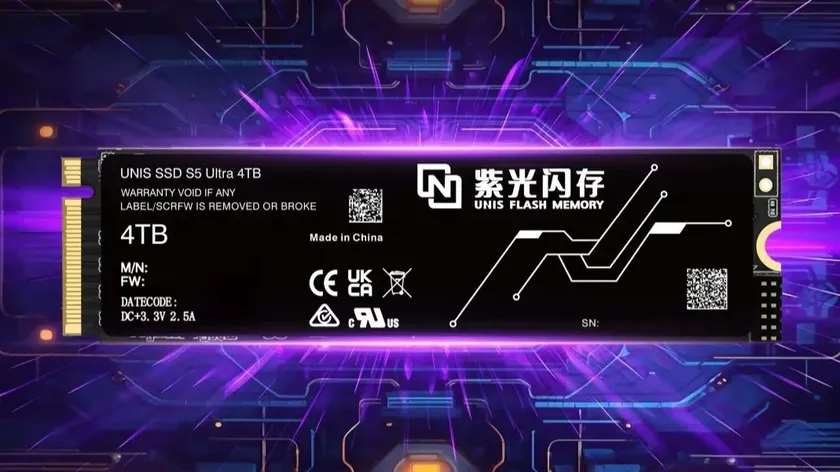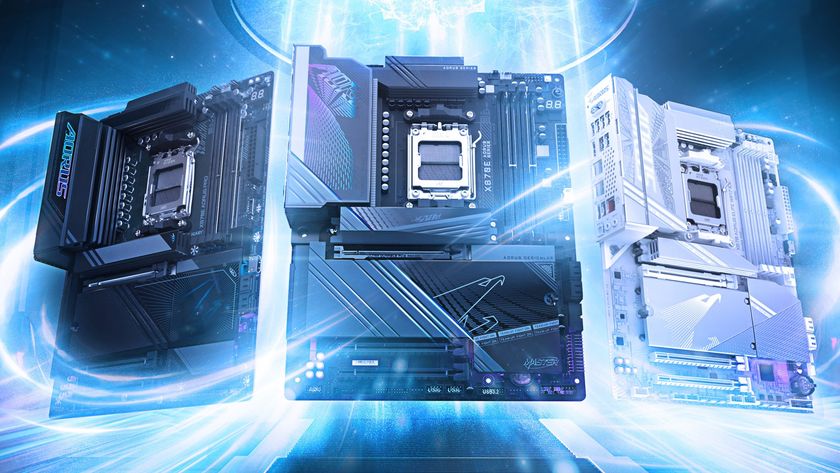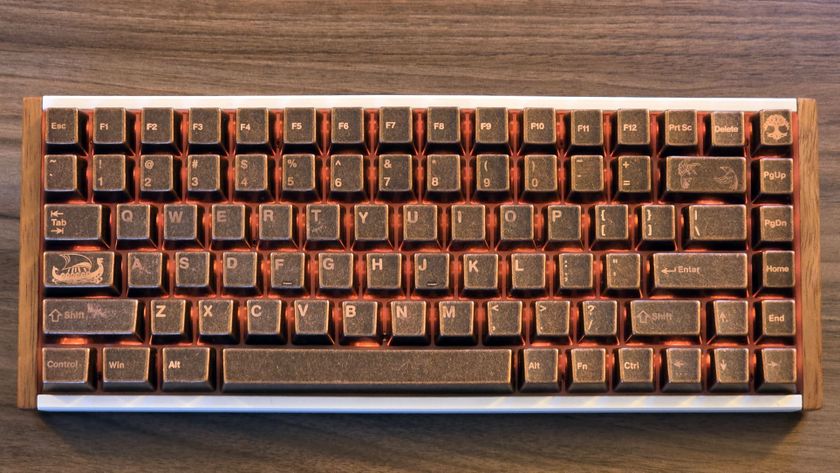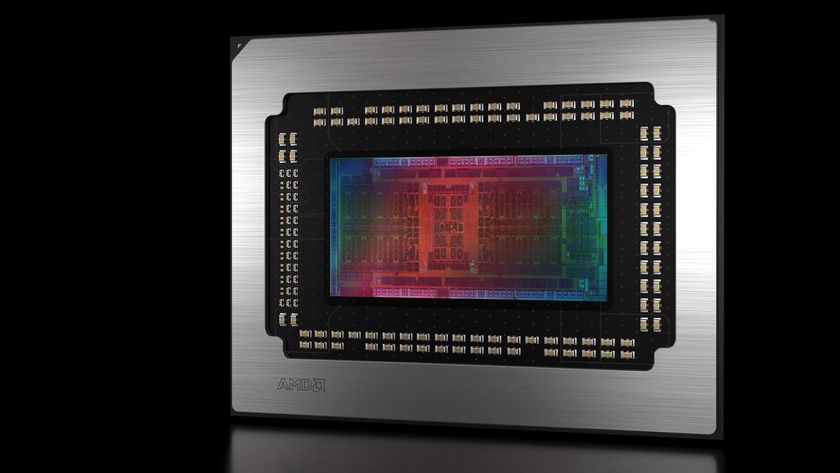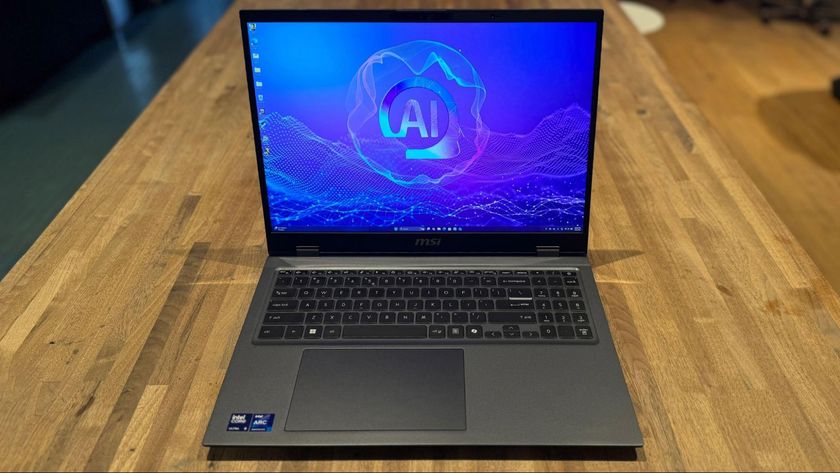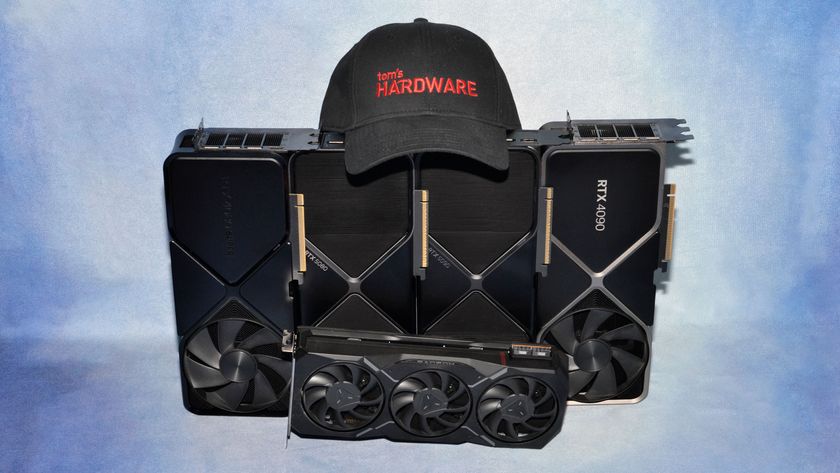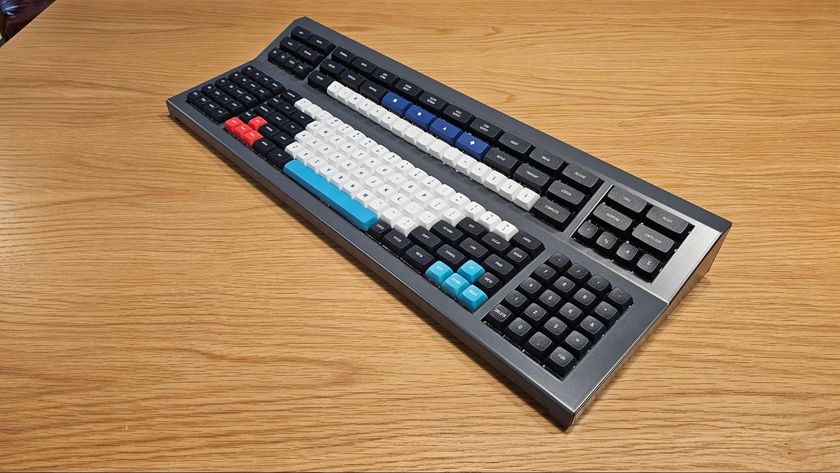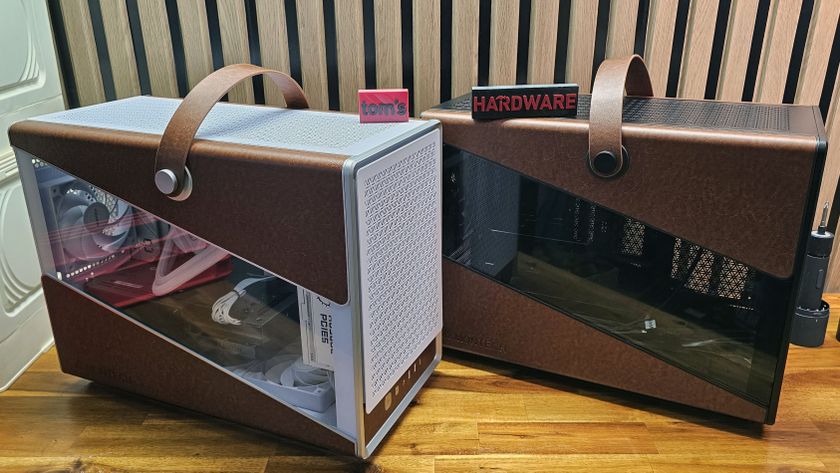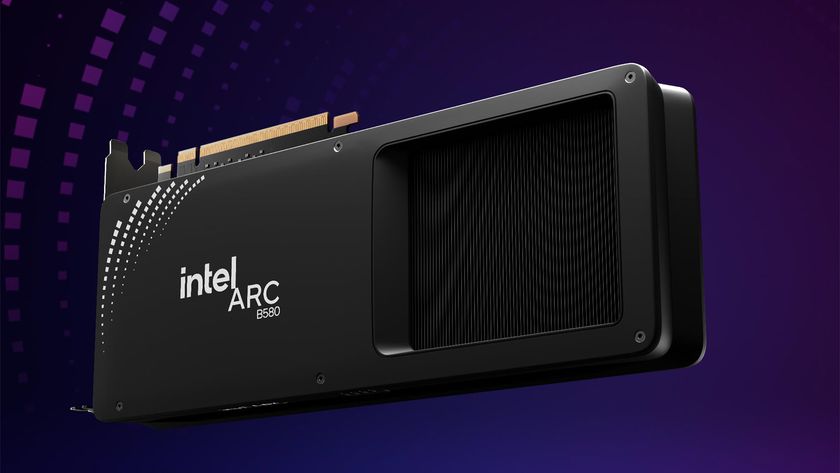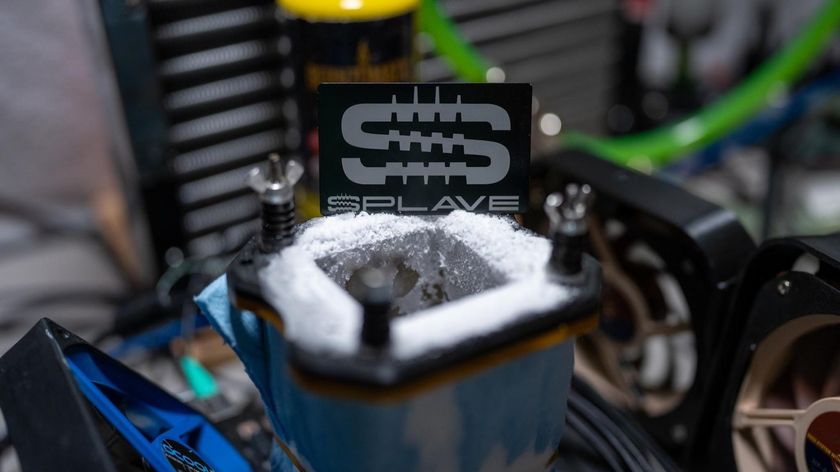Tom's Hardware's Summer Guide: 17 SSDs Rounded Up
Which SSD should you buy today? Seventeen flash-based drives battle across a benchmark suite that include throughput, I/O performance, consistency, power consumption, efficiency, and the best overall bang for the buck. The time is right to upgrade.
Tom’s Hardware Mainstream SSD Shootout
Ten new products and a total of 17 drives make this the most comprehensive SSD roundup in Tom’s Hardware history. We provide a check list of what you need to know for your SSD purchase and look at all the test candidates before making recommendations. Despite the fact that Intel's recently-leaked roadmap indicates 25 nm MLC flash drives as large as 600 GB arriving in Q4, now is still as good a time as any for an SSD upgrade, given the strong offerings currently available.
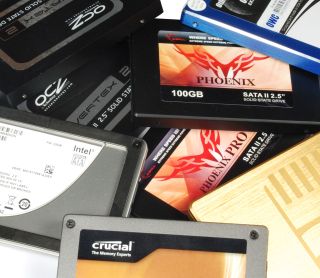
Pros and Cons
An SSD is a storage product that serves the function of a hard drive, but it doesn't use magnetized rotating platters to store data. Instead, SSDs utilize NAND flash memory, which introduces a plethora of advantages, together with a few potential caveats.
SSDs have no moving parts. Dropping an SSD shouldn't harm any stored data as long as the solder points survive the impact and the drive doesn’t suffer other physical damage. Additionally, SSDs are less susceptible to extreme temperatures, and recent product generations are much lower on power consumption than conventional hard drives. However, performance is still the top reason to pick an SSD device, and we’re glad to say that all SSDs in this review are considerably faster than hard drives.
Due to the nature of flash memory, it's not possible to erase individual bits. Flash cannot write in the same way as DRAM. Instead, only larger blocks are erased and programmed, which takes much more time than read operations. Also, flash memory cells have a limited number of write cycles, and this requires intelligent wear-leveling algorithms in the controller to prevent premature failure. Modern flash SSD products take advantage of several tweaks in order to avoid write performance bottlenecks and the performance-depleting effect known as write amplification, which causes the drive to write more bits than the data requires. All current SSDs use intelligent controllers that access multiple flash memory channels and work with a cache buffer to optimize writes. If you pick one of the latest drives and use a modern operating system, such as Windows 7, you’ll enjoy all the SSD benefits with no risks of running into real issues.
| Pros | Cons |
|---|---|
| Very high read throughputVery quick accessMechanically-robustTemperature-resistant2.5” form factor suitable for laptops and desktops | Sometimes limited write throughputLimited write access timeTRIM support on the drive and in the operating system highly recommendedSignificantly higher price per gigabyte versus hard drives |
Stay On the Cutting Edge: Get the Tom's Hardware Newsletter
Get Tom's Hardware's best news and in-depth reviews, straight to your inbox.
Current page: Tom’s Hardware Mainstream SSD Shootout
Next Page The SSD Landscape